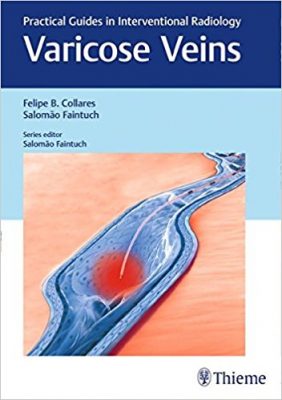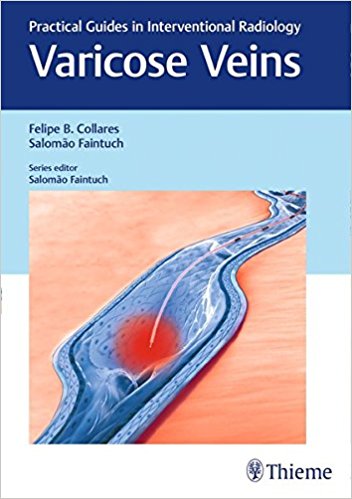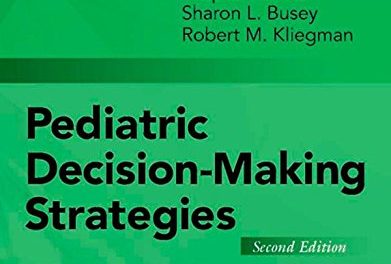 Editors: Felipe B. Collares, MD; and Salomao Faintuch, MD
Editors: Felipe B. Collares, MD; and Salomao Faintuch, MD
Publisher: Thieme – 117 pages
Book Review by: Nano Khilnani
One of every four adults in the United States has varicose veins – those that rise above an otherwise smooth surface of the skin and sometimes appear an ugly bluish in color. And when you take into account those who have ‘spider’ and reticular veins, four out of every five have these conditions.
Varicose veins and similar conditions are the subject of this handy book wherein 17 specialists in general radiology and interventional radiology, lymphology, phlebology, and vascular ultrasound authored the 10 chapters of this book All of them are from around the United States, except two, who are from Brazil and Ireland.
Below is the list of chapters that gives you an overview of what’s contained in this book:
- Anatomy
- Pathophysiology of Varicose Veins
- Clinical Exam
- Imaging
- Compression Therapy
- Endovenous Thermal Ablation
- Sclerotherapy
- Ambulatory Phlebectomy
- Safety, Quality, and Complications
- New Endovascular Techniques
The most commonly-performed treatment for varicose, ‘spider’ and reticular veins is sclerotherapy which is over 150 years old. This outpatient procedure is essentially the injection of a medicine called a sclerosant into the veins to shrink them.
This remedy may be deemed only cosmetically beneficial, but it is a safety precaution that can prevent infection and disease. “But treating these dilated blood vessels is about more than just appearances. Leaving varicose veins untreated can lead to a variety of serious medical conditions. Most patients with varicose veins report symptoms of itchiness, fatigue, pain and discomfort in the legs, and swelling of the skin,” writes William Morrow in the December 6, 2017 issue of Huffington Post.
Among the more serious and even life-threatening results of simply ignoring varicose veins are: deep vein thrombosis (DVT), hyper-pigmentation, lipodermosclerosis, spontaneous bleeding, superficial thrombophlebitis, and venous leg ulcer. These and other conditions are discussed in chapter 9 – Safety, Quality, and Complications – beginning on page 96.
DVT is a ‘major health problem’ (as termed by the authors of this chapter) faced by phlebologists. Among the risks and potential consequences of this condition are hypercoagulability, venous stasis, and endothelial injury.
Among the risk factors for DVT are the following:
- Advanced age
- Coagulopathies, either acquired or inherited
- Congestive heart failure
- Family history of thrombophilia
- History of a previous DVT
- Hormone therapy
- Immobilization
- Inactivity
- Inflammatory bowel disease
- Obesity
- Pregnancy, in the postpartum state
- Recent surgery or trauma
- Sedentary state
- Venous insufficiency
This is a compact, readable, highly usable, valuable guide to have on varicose veins and related conditions, including an overview of the human venous system, information pertaining to causative factors, diagnoses, symptoms, and treatment options, – both operative and non-operative, with quality and safety considerations
Editors:
Felipe B. Collares, MD is Director of Massachusetts Vein Center and Vascular Ultrasound, Interventional Radiologist at Beth Israel Deaconess Medical Center, and Instructor at Harvard Medical School in Boston, Massachusetts.
Salomao Faintuch, MD, MSc. is Editor and Series Editor, Clinical Director of Interventional Radiology at Beth Israel Deaconess Medical Center, and Professor at Harvard Medical School in Boston, Massachusetts.







